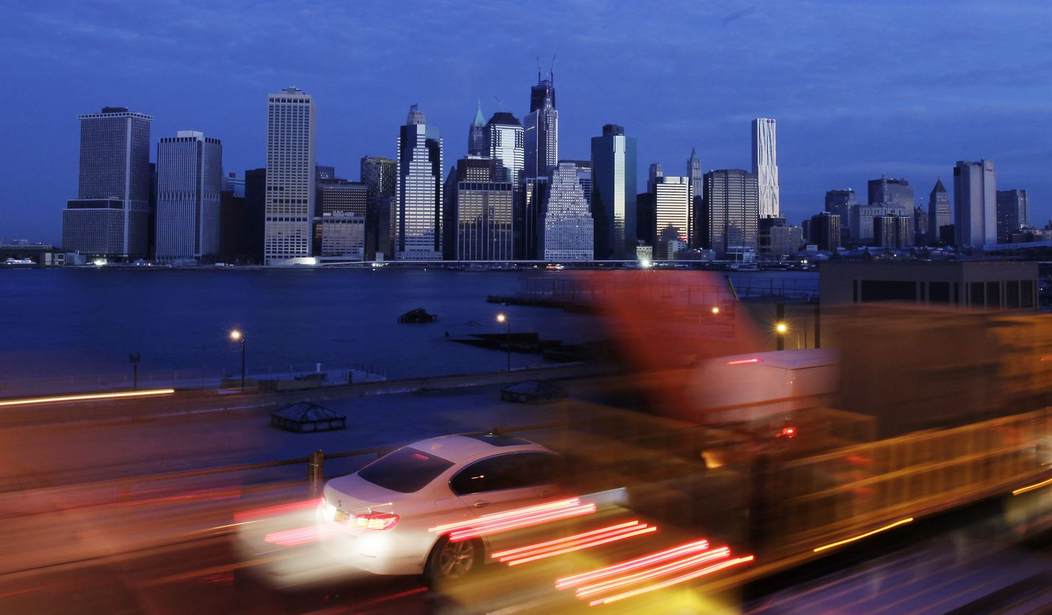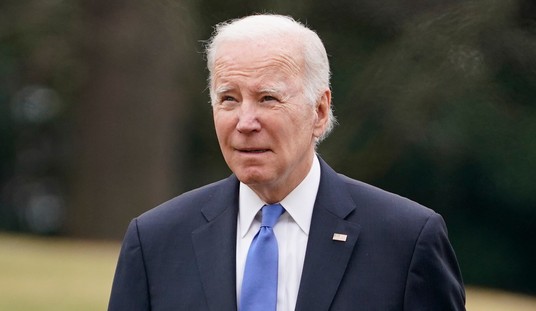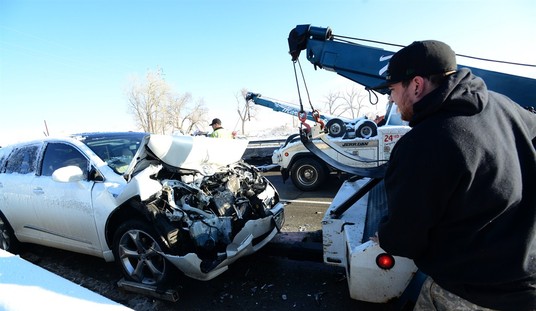A majority of America's largest cities are broke and unable to meet their liabilities, according to a new analysis.
In its eighth annual Financial State of the Cities report, the right-leaning think tank Truth in Account determined that as of 2022, 53 of the country's 75 largest cities have fewer assets than liabilities.
The report notes:
At the end of the fiscal year 2022, 53 cities did not have enough money to pay all of their bills. This means that to claim their budgets were balanced—as is required by law in the 75 cities—elected officials have not included the actual costs of the government in their budget calculations and have pushed costs onto future taxpayers.
Together, the 75 cities had $307.4 billion worth of assets available to pay bills; their debt, including unfunded retirement benefit promises, amounted to $595.3 billion. Pension debt totaled $175.9 billion, and other post employment benefits (OPEB), mainly retiree health care, totaled $135.2 billion.
According to the analysis, the biggest obligation faced by large cities is their pension liabilities, which become more affordable based on the market worth of investments:
In 2022, the cities continued to receive and spend federal COVID-19 relief funds, and as the U.S. economy reopened, they took in additional tax revenue. Such economic gains were offset by increases in their pension liabilities, which were caused in large part due to decreases in the market value of pension investments.
Over the past few years, investment market value shave swung dramatically. In 2022, this volatility negatively impacted most cities’ pension investments and their financial condition, which demonstrates the risk to taxpayers when cities offer defined pension benefits to their employees.
Of the 75 cities the report examined, only one received an A grade for fiscal health. The most common grade was D, followed by C and B.
Did you know that at the end of FY 2024 fifty-three cities did not have enough money to pay their bills.
— Truth in Accounting (@truthinacct) February 20, 2024
Was your city one of them? Let us know 👇https://t.co/OSkqPkK9q0 pic.twitter.com/XiSZhhc8Ra
The cities are also analyzed on their respective taxpayer burden, which means the amount of money every taxpayer would have to pay in order for the budget to be balanced.
Unsurprisingly, nine out of the ten cities with the largest taxpayer burden are run by Democrats. Leading the pack is New York City( -$61,800), followed by Chicago (-$42,900), Honolulu (-$24,200), Philadelphia (-$20,400), Portland (-$20,100), New Orleans (-$18,200), Miami (-$15,500), Milwaukee (-$15,300), Baltimore (-$14,100), and Pittsburgh (-$13,000).
It was not all bad news, however. Some cities were in taxpayer surplus, meaning they could afford to give every taxpayer a certain sum of money and still have a balanced budget. The five cities with the greatest surpluses were Washington, D.C. ($10,700), Irvine, California ($6,100), Plano, Texas ($5,100), Lincoln, Nebraska ($4,100), and Oklahoma City ($2,900).
NEW RELEASE ALERT 🚨🚨
— Truth in Accounting (@truthinacct) February 16, 2024
We have officially released our Financial State of the Cities report❗
At the end of the fiscal year 2022, 53 cities did not have enough money to pay all of their bills...
How did your state do?https://t.co/g9q672G90h pic.twitter.com/4QQGTQ0kfe
The report concedes its limitations, including the fact that 2022 was still at the peak of the COVID-19 recovery process. However, it also notes that all of these cities received billions in federal relief funds, which should have helped the process of balancing out their budgets.














Join the conversation as a VIP Member